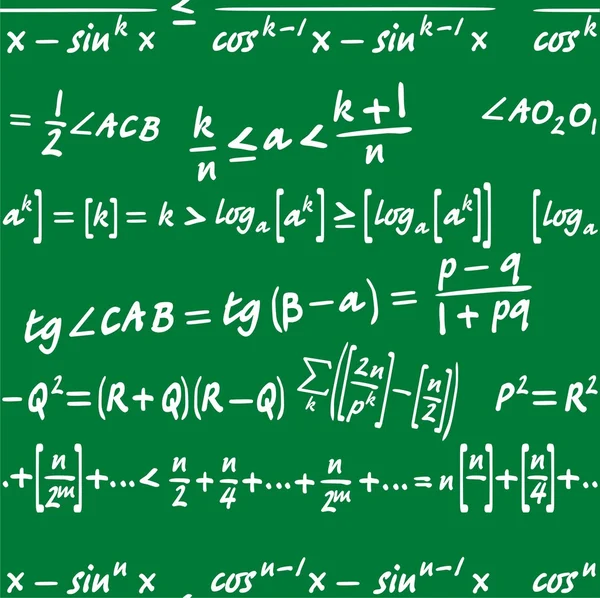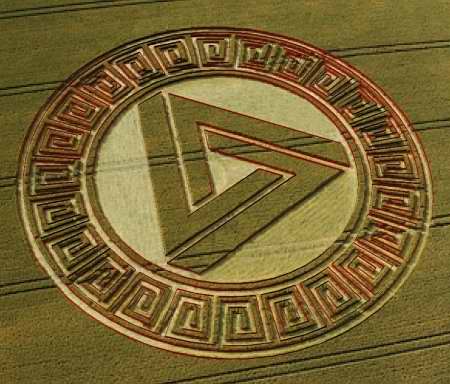A complex number is written as z = a + jb where a is the real part of z and b is the imaginary part of z. j is the square root of -1 so j2 = - 1. A complex number can also be seen as a vector in a two dimensional space with axes Re z and Im z. In this space the vector will extend from the origin to the point (a, b). Every complex number a + jb has a complex conjugate given by a - jb.
the trigonometric functions (also called circular functions) are functions of an angle; they are important when studying triangles and modeling periodic phenomena, among many other applications. Trigonometric functions are commonly defined as ratios of two sides of a right triangle containing the angle, and can equivalently be defined as the lengths of various line segments from a unit circle. More modern definitions express them as infinite series or as solutions of certain differential equations, allowing their extension to arbitrary positive and negative values and even to complex numbers. All of these approaches will be presented below.
There are 5 files below: Preliminaries, Chapters 1 through 3, and Trailers. Preliminaries contains a Cover Page, Copyright Page, Dedication Page, Table of Contents, and Preface. Trailers contains a set of Supplementary Exercises and the Index. To print one of the files (assuming you have the Acrobat Reader) just click the file you want and, after the file has loaded, click the Print button on the tool bar. There are no links in the PDF file
here is the complete Complex Numbers and Trigonometry table and formula
Preliminaries
Chapters 1
Chapters 2
Chapters 3
Trailers
Triangle Table








